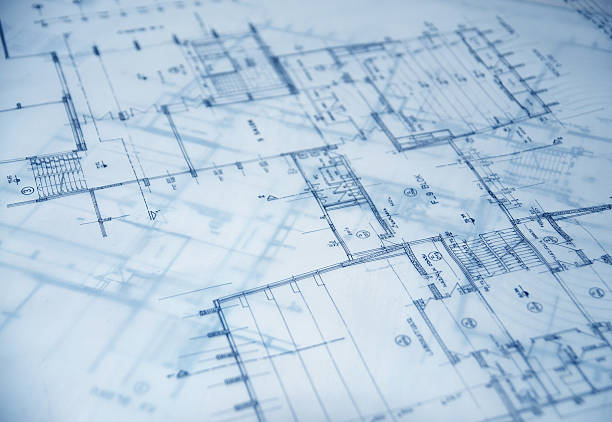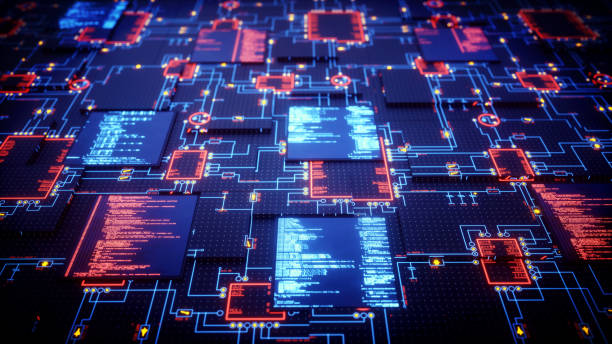Cabinet Design for Kitchen: Enhancing Functionality and Aesthetics
A well-designed kitchen cabinet layout is crucial to maximize storage, enhance functionality, and elevate the overall aesthetics of your kitchen. Whether you're renovating an existing kitchen or starting from scratch, careful consideration of your cabinet design can make a world of difference. Here are some essential factors to keep in mind when planning your kitchen cabinet design:
1. Storage Optimization: The primary purpose of kitchen cabinets is to provide ample storage space. Consider your specific needs and lifestyle to determine the types of items you need to store. Incorporate a mix of deep drawers, shelves, pull-out trays, and custom dividers to organize everything efficiently. Utilize corner cabinets with rotating shelves or pull-out systems to make use of otherwise wasted space.
2. Functional Work Zones: Plan your cabinet layout to create functional work zones within the kitchen. Organize cabinets strategically around the stove, sink, and preparation area, making it easy to access utensils, cookware, and ingredients while cooking.
3. Cabinet Materials and Finishes: Choose cabinet materials and finishes that complement the overall style of your kitchen. Popular choices include solid wood, plywood, MDF, and laminate. Opt for durable and easy-to-clean finishes that can withstand the rigors of daily kitchen use.
4. Hardware and Accessories: The right hardware and accessories can significantly enhance the functionality of your kitchen cabinets. Install high-quality hinges, drawer slides, and handles for smooth operation. Consider adding soft-closing mechanisms to prevent slamming and increase longevity.
5. Lighting Solutions: Don't overlook the importance of proper lighting within your cabinets. Under-cabinet lighting can not only illuminate your countertops but also add a touch of ambiance to your kitchen. LED lights are energy-efficient and work well for this purpose.
6. Personalization and Customization: Tailor your cabinet design to suit your preferences and needs. If you have specific kitchen appliances or items that need dedicated storage, consider custom cabinets to accommodate them perfectly.
7. Open Shelving vs. Closed Cabinets: Striking a balance between open shelving and closed cabinets can create an interesting visual appeal in your kitchen. Open shelves can display decorative items, while closed cabinets hide clutter and maintain a clean look.
8. Space and Traffic Flow: Ensure that your cabinet layout accounts for the kitchen's overall space and traffic flow. Avoid overcrowding and maintain a clear pathway between the workstations.
9. Sustainability and Eco-Friendly Options: If sustainability is a priority, explore eco-friendly cabinet materials and finishes. Look for certifications like FSC (Forest Stewardship Council) for responsibly sourced wood.
10. Budget Considerations: Plan your cabinet design within your budget constraints. Prioritize essential features and splurge on high-impact areas, such as the focal point of your kitchen.
Remember, your kitchen cabinet design should reflect your personal style while optimizing functionality. Take the time to research, consult with professionals, and create a well-thought-out plan before embarking on your kitchen renovation journey. With the right cabinet design, your kitchen will become a space that is not only visually appealing but also practical and efficient.
A well-designed kitchen cabinet layout is crucial to maximize storage, enhance functionality, and elevate the overall aesthetics of your kitchen. Whether you're renovating an existing kitchen or starting from scratch, careful consideration of your cabinet design can make a world of difference. Here are some essential factors to keep in mind when planning your kitchen cabinet design:
1. Storage Optimization: The primary purpose of kitchen cabinets is to provide ample storage space. Consider your specific needs and lifestyle to determine the types of items you need to store. Incorporate a mix of deep drawers, shelves, pull-out trays, and custom dividers to organize everything efficiently. Utilize corner cabinets with rotating shelves or pull-out systems to make use of otherwise wasted space.
2. Functional Work Zones: Plan your cabinet layout to create functional work zones within the kitchen. Organize cabinets strategically around the stove, sink, and preparation area, making it easy to access utensils, cookware, and ingredients while cooking.
3. Cabinet Materials and Finishes: Choose cabinet materials and finishes that complement the overall style of your kitchen. Popular choices include solid wood, plywood, MDF, and laminate. Opt for durable and easy-to-clean finishes that can withstand the rigors of daily kitchen use.
4. Hardware and Accessories: The right hardware and accessories can significantly enhance the functionality of your kitchen cabinets. Install high-quality hinges, drawer slides, and handles for smooth operation. Consider adding soft-closing mechanisms to prevent slamming and increase longevity.
5. Lighting Solutions: Don't overlook the importance of proper lighting within your cabinets. Under-cabinet lighting can not only illuminate your countertops but also add a touch of ambiance to your kitchen. LED lights are energy-efficient and work well for this purpose.
6. Personalization and Customization: Tailor your cabinet design to suit your preferences and needs. If you have specific kitchen appliances or items that need dedicated storage, consider custom cabinets to accommodate them perfectly.
7. Open Shelving vs. Closed Cabinets: Striking a balance between open shelving and closed cabinets can create an interesting visual appeal in your kitchen. Open shelves can display decorative items, while closed cabinets hide clutter and maintain a clean look.
8. Space and Traffic Flow: Ensure that your cabinet layout accounts for the kitchen's overall space and traffic flow. Avoid overcrowding and maintain a clear pathway between the workstations.
9. Sustainability and Eco-Friendly Options: If sustainability is a priority, explore eco-friendly cabinet materials and finishes. Look for certifications like FSC (Forest Stewardship Council) for responsibly sourced wood.
10. Budget Considerations: Plan your cabinet design within your budget constraints. Prioritize essential features and splurge on high-impact areas, such as the focal point of your kitchen.
Remember, your kitchen cabinet design should reflect your personal style while optimizing functionality. Take the time to research, consult with professionals, and create a well-thought-out plan before embarking on your kitchen renovation journey. With the right cabinet design, your kitchen will become a space that is not only visually appealing but also practical and efficient.




